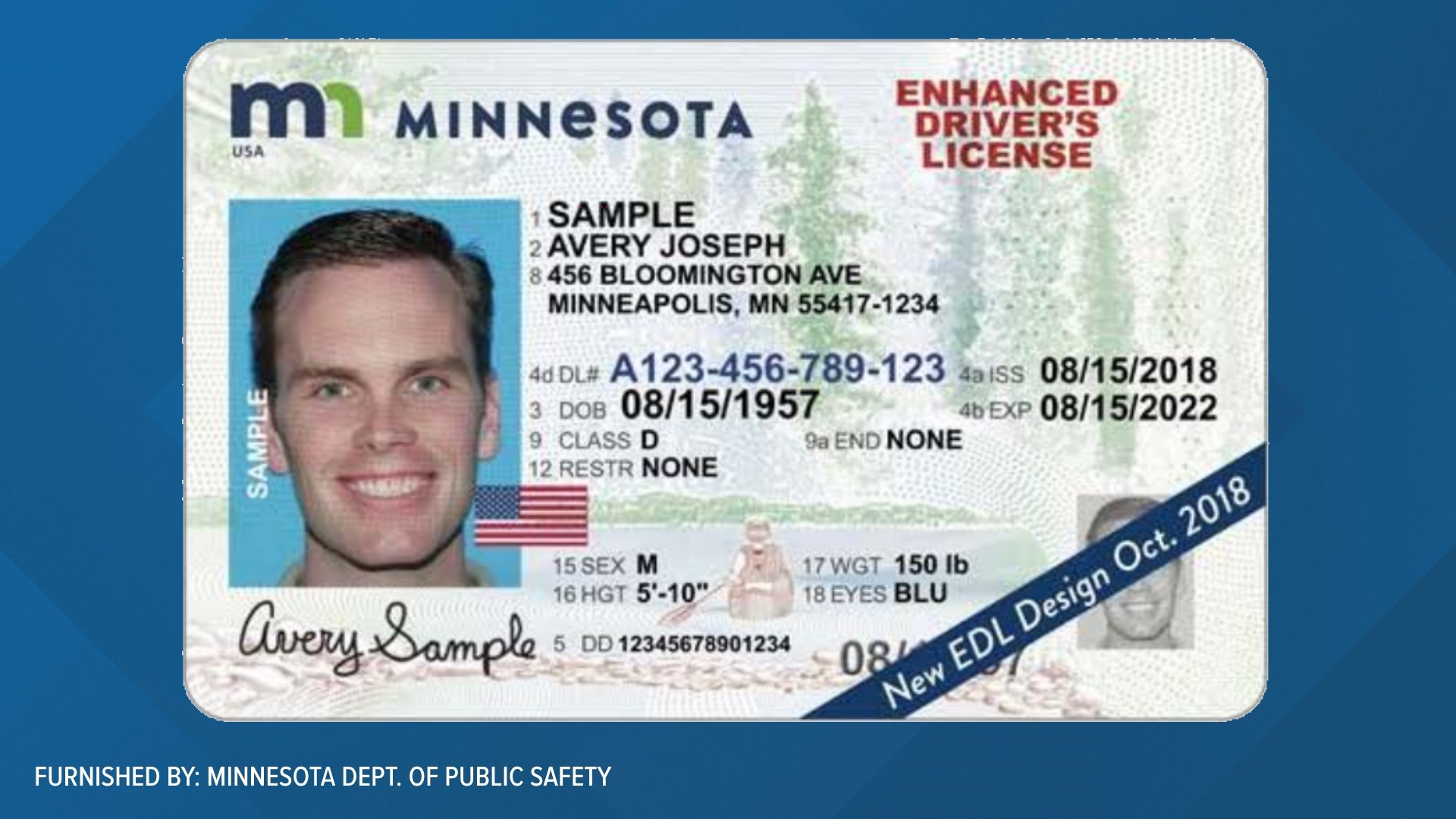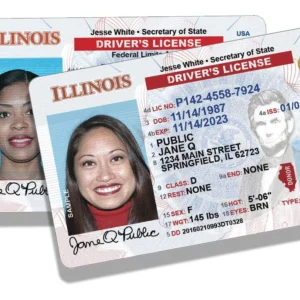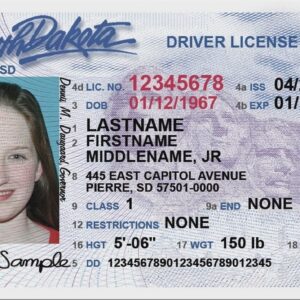Types of Driver’s Licenses in Minnesota
Minnesota offers several types of driver’s licenses, including:
- Class D License: For standard passenger vehicles and light trucks.
- Class C License: For operating vehicles designed to transport 16 or more passengers or carrying hazardous materials.
- Class B License: For operating single vehicles with a gross vehicle weight rating (GVWR) of 26,001 pounds or more.
- Class A License: For operating any combination of vehicles with a GVWR of 26,001 pounds or more.
For most new drivers, a Class D license is the primary objective.
Description
Buy Minnesota driver’s license
Buy Minnesota driver’s license Obtaining a driver’s license is an exciting milestone that offers the freedom to explore new places and the convenience of independent travel. If you’re looking to get a driver’s license in Minnesota, this guide will walk you through each step of the process, ensuring that you’re well-prepared and confident on your journey to becoming a licensed driver.
Types of Driver’s Licenses in Minnesota
Minnesota offers several types of driver’s licenses, including:
- Class D License: For standard passenger vehicles and light trucks.
- Class C License: For operating vehicles designed to transport 16 or more passengers or carrying hazardous materials.
- Class B License: For operating single vehicles with a gross vehicle weight rating (GVWR) of 26,001 pounds or more.
- Class A License: For operating any combination of vehicles with a GVWR of 26,001 pounds or more.
For most new drivers, a Class D license is the primary objective.
Step-by-Step Process to Obtain a Minnesota Driver’s License
- Eligibility Requirements
- Age: You must be at least 15 years old to apply for an instruction permit, which is the first step for new drivers.
- Residency: You must be a resident of Minnesota or provide proof of residency if you recently moved from another state.
- Instruction Permit (Learner’s Permit)
- Education Requirement: Complete a driver’s education course if you’re under 18. This includes 30 hours of classroom instruction and 6 hours of behind-the-wheel training.
- Knowledge Test: Pass the written knowledge test covering traffic laws, road signs, and safe driving practices. Study the Minnesota Driver’s Manual to prepare.
- Application Process:
- Visit a Minnesota Department of Public Safety (DPS) exam station.
- Bring a completed permit application form.
- Provide proof of identity and residency, such as a birth certificate and utility bill.
- Pay the application fee.
- Vision Test: You must pass a vision screening to ensure you can see well enough to drive safely.
- Practice Driving
- Once you obtain your instruction permit, practice driving under the supervision of a licensed adult (21 or older) to gain real-world experience. You are required to log at least 50 hours of supervised driving, including 15 hours at night.
- Provisional License
- Age Requirement: You must be at least 16 years old.
- Holding Period: Hold your instruction permit for at least six months without any traffic violations or alcohol-related offenses.
- Driving Log: Submit a driving log verifying the required practice hours.
- Behind-the-Wheel Test: Schedule and pass the road test to demonstrate your driving skills. The test includes a pre-drive checklist, a vehicle control test, and an on-the-road test.
- Full Driver’s License
- Age Requirement: You must be at least 18 years old.
- Holding Period: Hold your provisional license for at least 12 months without any convictions for moving violations or alcohol-related offenses.
- Upgrade: Apply for a full Class D driver’s license. This can often be done online or at a DPS location. You may need to pay a fee for the new license.
- Enhanced and REAL ID Options
- Minnesota offers an Enhanced Driver’s License (EDL) and a REAL ID, which are federally compliant and can be used for domestic air travel and entering federal facilities.
- To obtain one of these, you’ll need to provide additional documentation such as proof of citizenship and Social Security number.
Key Tips and Considerations
- Study and Preparation: Thoroughly study the Minnesota Driver’s Manual and take advantage of practice tests available online.
- Scheduling: Road tests can be booked several weeks in advance, so plan accordingly.
- Documentation: Always double-check the required documents to avoid delays in your application process.
- Driving Schools: Consider professional driving lessons to enhance your skills and confidence behind the wheel.
- Stay Informed: Minnesota’s DPS website is a valuable resource for the latest requirements and updates.
Conclusion
Obtaining a Minnesota driver’s license is a significant achievement that involves a combination of education, practice, and testing. By following these steps and preparing thoroughly, you’ll be well on your way to enjoying the freedom and responsibility that comes with being a licensed driver in the Land of 10,000 Lakes. Drive safely and responsibly!





